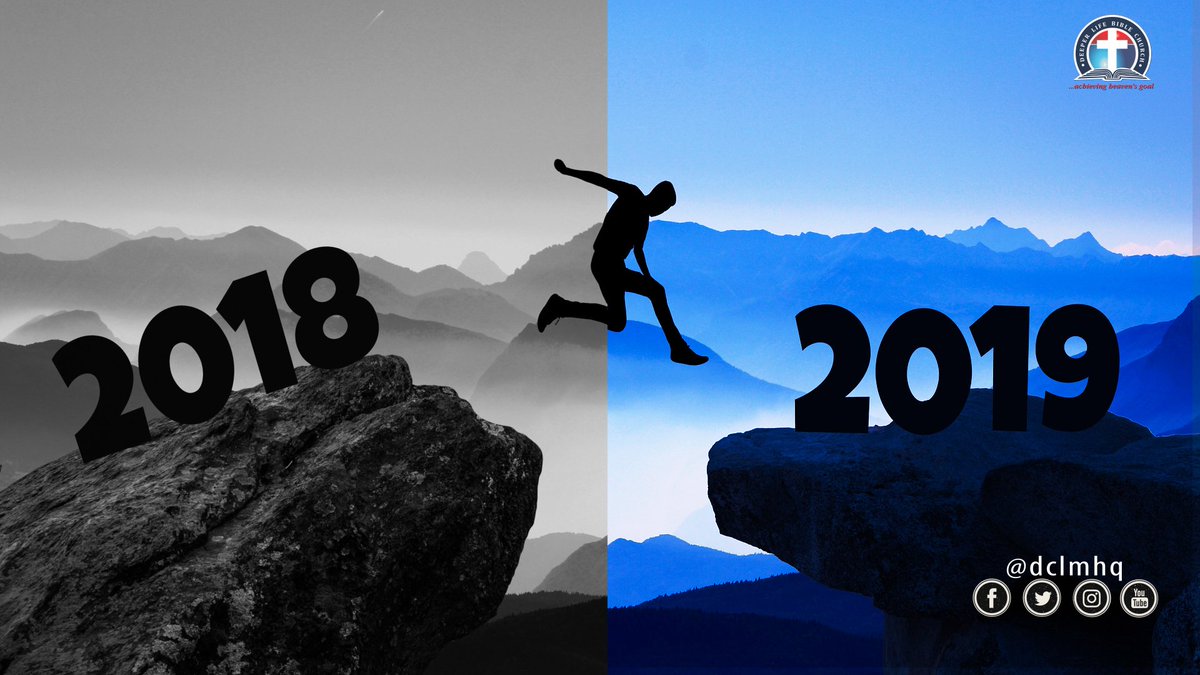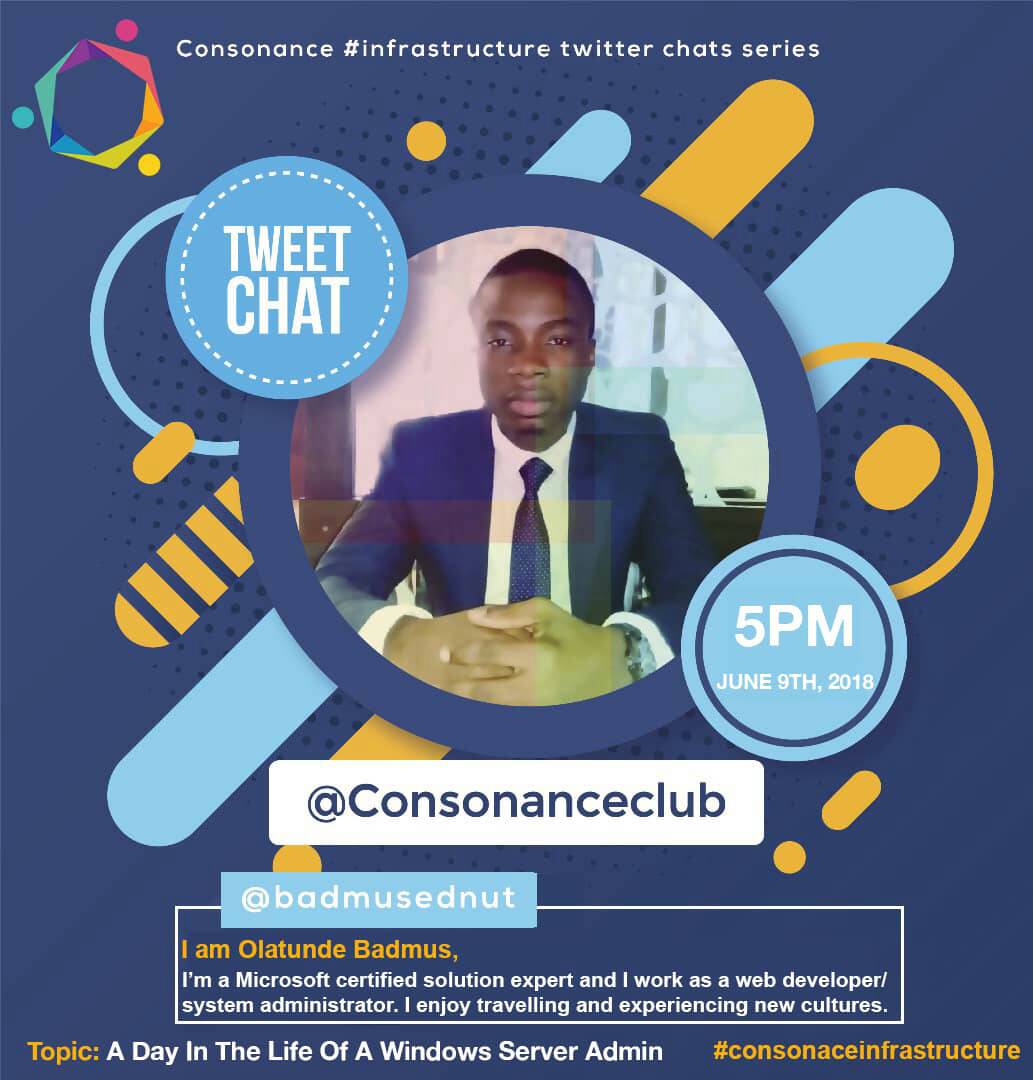

(Yttrium: not a name, but a spelling error!)
Some were reprinted, some translated... they are being set to music.

behavior;
mood and affect (mood is subjective; statement may differ from appearance of mood- affect);
thought process (logical responses vs flight of ideas);
perceptions (hallucinations, etc).

cutting;
thrusting;
slicing.

Readers look at a book for 8 seconds when deciding.

We all use visual language to decide whether this is “for us”.
Online is different from in stores. What’s your target?
American covers are very literal, depict people a lot.
British covers are more abstract.
Canadian books get some of both.
So does font.
What about physical elements? Glossy, sparkles, foil, for physical books, can catch eyes.
Author photos: want one that makes you look like yourself, and is recognizable.

Are ghosts real? We’re not going to talk about that today.
Goals:
Evidence;
Contact;
Resolution.
Usually start with dowsing rods; ask a spirit simple questions, kindly.
More professional tools: laser scanning, heat detectors, motion recording.
You can use your phone with a monochrome filter and taking a lot of pictures.
Patience. Debunk.
A human figure; a sense of dread; varies widely.
Some ghosts are “live” and can interact.
Some ghosts are not.
To contact someone; to debunk; because it’s fun.

Book recommendation: In Small Things Forgotton, by James Dietz (?)
We’ve made history boring, dry facts, but when you experience history, you realize that the people who preceded us are just like us.

Kate Bush.
David Bowie, obviously.
Nightwish, inspired by Dragonlance.
Black Sabbath, especially Lovecraft and other occult thrillers.
Jefferson Starship: Blows against the Empire (heinlein) - first album nominated for a Hugo.
Splendor & Misery, by Clipping was the second (last year).
Rush, album 2112.
George Clinton, various albums.
Janelle Monae: Archandroid.
Queensryche: Operation Mindcrime.
SJ Tucker, 2 albums based on Cat Valente’s work.
Moorcock collaborated with Blue Oyster Cult, and performed onstage with them at first Dragoncon.
“Keep on rocking in the speculative world!”

The standard model:
Special relativity - the theory of very fast things.
Quantum mechanics - the theory of very small things.
Quantum mechanics: particles linked; Heisenberg uncertainty.
Matter particles: fermions
Particles that carry forces: bosuns
Also antimatter particles, paired to others. Why? Who knows!
We obey fundamental forces.
There are still many mysteries!







